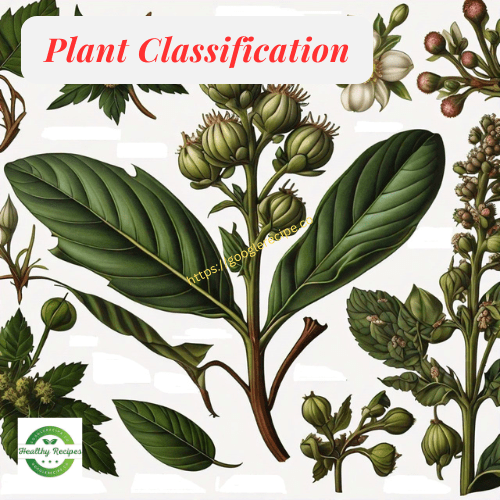Uncovering GMOs: Essential Information Regarding Genetically Engineered Foods
Genetically modified food? In recent years, we’ve seen some unusual genetically modified organisms, like pigs that glow in the dark, chickens without feathers, and goats that produce spider silk proteins.
But what really worries people are genetically modified foods. The idea of eating something created in a lab makes many people uncomfortable, especially those who prefer “whole” or “natural” foods.
What does genetically modified mean?
So, what does “genetically modified” mean, and how are these foods made? To understand this, we need to look back about 10,000 years, when people first started domesticating animals and growing plants for food. By choosing plants and animals with desirable traits and breeding them together repeatedly, people shaped species to fit their needs.
A classic example is corn, which started as a tropical grass called Teosinte with tiny, tough kernels. Over thousands of years, ancient farmers in Mexico transformed it into the tasty, starchy corn we eat today. We now know these farmers were changing the DNA of Teosinte to create corn.
Differences between Teosinte and corn
Changing just a few parts of DNA can create big differences between Teosinte and corn. Scientists call this process “artificial selection,” and it’s how we made many plants edible, like wheat, rice, almonds, and bananas.
What’s different about modern genetically modified foods is the speed and precision of the changes. Instead of breeding plants and animals, we can now directly alter their DNA by removing and inserting genes. If the DNA comes from the same species, it’s called “cisgenic,” meaning “the same.” If the DNA comes from a different species, it’s called “transgenic,” meaning “across.”
Examples
For example, glowing pigs have genes from a jellyfish. In the past 20 years, we’ve seen similar changes in foods, like corn with bacterial toxins to kill pests, tomatoes with fish antifreeze proteins, and cows that produce human milk.
Although all GM foods on the market have been tested, we still need to evaluate some of the more unusual transgenic combinations.
Conclusion
Genetically modified organisms, including foods, have evolved from ancient breeding practices to modern genetic engineering. While early modifications involved slow and gradual changes through selective breeding, today’s technology allows for precise and rapid alterations by directly editing DNA.
This has led to the creation of various GM foods with traits that might seem unusual, like pest-resistant corn or tomatoes with fish proteins. While GM foods on the market are thoroughly tested for safety, the long-term effects of more exotic modifications are still being studied.
FAQs about genetically modified organisms and foods:
1. What are genetically modified organisms (GMOs)?
Genetically modified organisms are plants, animals, or microorganisms whose DNA has been altered using genetic engineering techniques to introduce new traits or enhance existing ones.
2. How are GM foods created?
GM foods are created by directly modifying the DNA of plants or animals. This can involve adding, removing, or altering genes to achieve desired traits, such as resistance to pests or improved nutritional content.
3. What is the difference between cisgenic and transgenic organisms?
Cisgenic organisms have DNA inserted from the same species, while transgenic organisms have DNA from a different species. For example, a plant with DNA from another plant is cisgenic, but one with DNA from a jellyfish is transgenic.
4. Are GM foods safe to eat?
All GM foods currently on the market undergo rigorous testing for safety. However, the long-term effects of some newer or more unusual GM foods are still being studied.
5. Why do some people oppose GM foods?
Some people oppose GM foods due to concerns about health risks, environmental impact, or ethical issues. They may also prefer “whole” or “natural” foods and feel uneasy about lab-created products.
6. How do GM foods differ from traditionally bred foods?
Traditional breeding involves selecting and breeding plants or animals over many generations to enhance certain traits. GM foods, on the other hand, involve precise changes to the DNA, which can achieve results more quickly and with greater specificity.
7. What are some examples of GM foods?
Examples include corn that produces its own pest-repelling toxins, tomatoes with antifreeze proteins from fish, and cows that produce milk with human proteins.
8. Can GMOs help address global food challenges?
Yes, GMOs have the potential to improve crop yields, increase nutritional content, and provide resistance to pests and diseases, which can help address issues like food security and malnutrition.


